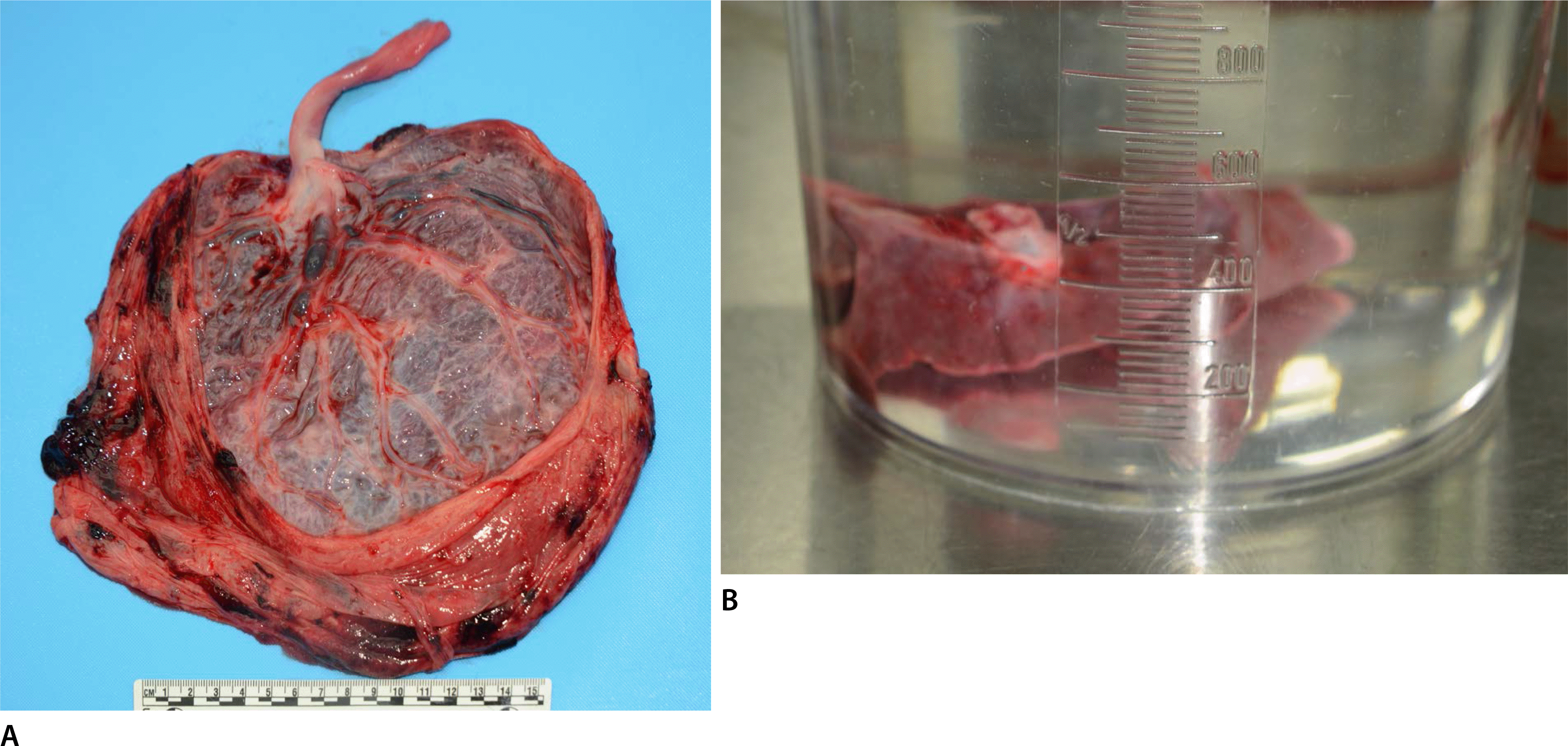Abstract
Investigating neonatal deaths in the toilets is challenging for forensic pathologists. During the postmortem examination, they should evaluate whether the baby was alive or a stillbirth and determine any causes of death, such as prenatal cause, infection, anatomical abnormalities, birth or other blunt force injury, drowning, and asphyxia. We retrieved two cases of neonatal deaths in the toilets and reviewed their autopsy findings and circumstances. However, findings from the postmortem examination were insignificant. Their lung examinations revealed non-expanded alveoli, and hydrostatic tests were negative. However, the cases cannot be confirmed as stillbirths because of the possibility that they might be alive for a short period of time after birth and then exposed into the water in the toilet or to accidental or non-accidental asphyxia or that they might have died because of neglect. These cases illustrate that the death scene and the associated circumstances should be meticulously and carefully investigated.
Go to : 
REFERENCES
1.Chi JG., Lee SK., Suh YL, et al. Sequential atlas of human development. Seoul: Korea Medical Publishing;1992.
2.World Health Organization. Maternal, newborn, child and adolescent health: stillbirths [Internet]. Geneva: World Health Organization;2017. [cited 2017 Oct 30]. Available from:. http://www.who.int/maternal_child_adolescent/epidemiology/stillbirth/en/.
3.Collins KA., Byard RW. Forensic pathology of infancy and childhood. New York: Springer-Verlag;2014. p. 163–4.
4.Sheiner E., Levy A., Mazor M. Precipitate labor: higher rates of maternal complications. Eur J Obstet Gynecol Reprod Biol. 2004. 116:43–7.

5.Saunders E. Neonaticides following "secret" pregnancies: seven case reports. Public Health Rep. 1989. 104:368–72.
6.Dressler J., Schmidt U., Hanisch U, et al. Neonatal freshwater drowning after birth in the bathroom. Am J Forensic Med Pathol. 2011. 32:119–23.

7.Spitz WU. Spitz and Fisher's medicolegal investigation of death: guidelines for the application of pathology to crime investigation. 4th ed.Springfield, IL: Charles C Thomas Publisher;2004. p. 346–50.
Go to : 




 PDF
PDF ePub
ePub Citation
Citation Print
Print




 XML Download
XML Download